When entering Kyoto, this is not only a city that aims for colorfulness and wealth but also a mysterious and contemplative place, containing many memories in people's hearts. The perfect combination of natural scenery and ancient architecture has created unforgettable beautiful moments. Let's explore Kyoto travel experiences with Vietravel through the article below!
1. A few words about the ancient capital of Kyoto, Japan
Kyoto is the ancient capital of Japan (Photo source: Collected)
Kyoto, Japan’s ancient capital for a thousand years, is a must-see destination for anyone interested in culture and history. With over 1,600 Buddhist temples, 400 Shinto shrines, and countless cultural heritage sites, Kyoto offers a unique and memorable travel experience. The city served as Japan’s capital for over a thousand years, from 794 to 1868, and has maintained its traditional charm alongside the modernity of a vibrant city.
Kyoto is not only famous for its ancient architecture but also for its unique art, culture and cuisine . From peaceful Zen gardens to quaint streets, from traditional tea ceremonies to modern sushi restaurants, Kyoto offers visitors a rich and diverse picture of Japanese culture.
2. The ideal time to visit Kyoto
Cherry blossom season and red leaf season are the two most beautiful seasons in Kyoto (Photo source: Collected)
Kyoto is beautiful all year round, but there are two seasons that are particularly popular with visitors: cherry blossom season (late March to early April) and autumn leaf season (mid-November to early December). During cherry blossom season, the entire city is covered in a soft pink coat, with thousands of cherry trees blooming along the streets and in the parks. In particular, the area along the Kamo River and Maruyama Park are great spots for viewing the flowers.
Autumn foliage season is no less charming, when the city’s forests and gardens turn a brilliant red and yellow. Places like Tofukuji Temple, the gardens of Eikando Zenrinji, and the Arashiyama Bamboo Grove are especially beautiful during this time. However, be aware that these are also the busiest and most expensive times of the year.
If you want to avoid the crowds, consider visiting in late spring (May) or early autumn (September - October). The weather during these months is usually pleasant, with cool temperatures and little rain. This is also the ideal time to take part in Kyoto's traditional festivals such as the Aoi Matsuri in May or the Jidai Matsuri in October.
3. How to get to and within Kyoto
3.1. How to get to Kyoto
You can travel quickly from Tokyo to Kyoto by bullet train (Image source: Collected)
From Tokyo, the Shinkansen (bullet train) is the fastest way to get to Kyoto, taking about 2 hours and 15 minutes. You can choose the Nozomi train (fastest) or the Hikari train (slightly slower but covered by the JR Pass). If you're on a budget, you can consider the night bus, although it will take longer.
From Osaka, there are several options for getting to Kyoto. Trains usually take around 30-45 minutes, depending on the type of train and the station you depart from. The JR Special Rapid Service train from Osaka Station to Kyoto Station is the most popular option. Alternatively, you can take the Hankyu Subway from central Osaka to central Kyoto, which takes about the same time but is slightly cheaper.
If you are arriving in Japan by air, the closest airport to Kyoto is Kansai International Airport (KIX). From here, you can take the Haruka Express train directly to Kyoto in about 75 minutes.
3.2. Getting around Kyoto
- Bus: This is the most popular and convenient way to get around Kyoto. The city's bus system is well developed and can take you to most of the major tourist attractions. It is worth buying a day pass to save money if you plan to use it a lot.
- Subway: Kyoto has two main subway lines – the Karasuma (running north to south) and the Tozai (running east to west). While not as extensive as the bus system, the subway is still a good option for quickly getting between major areas of the city.
- Bicycles: This is a great way to explore Kyoto, especially in nice weather. Many hotels and shops rent bicycles at reasonable prices. The city has many dedicated bicycle lanes, making it safe and convenient to get around.
Walking is also a great way to explore Kyoto, especially in areas like Gion or Higashiyama where many tourist attractions are concentrated. Walking not only saves you money, but also allows you to explore beautiful corners of the city that you might miss when using other means of transport.
4. Top 5 places not to be missed in Kyoto
4.1. Kinkaku-ji (Golden Temple)
The unique golden temple Kinkaku-ji in Kyoto (Photo source: Collected)
Built in the 14th century, Kinkaku-ji is one of Kyoto’s most famous landmarks. The three-story building is completely covered in gold leaf, which shimmers in the surrounding pond, creating a stunning scene. The garden surrounding the temple is also worth exploring, with its twisted pine trees and delicately arranged stones in the style of a traditional Japanese garden.
4.2. Fushimi Inari Taisha
The Shinto shrine is one of the symbols of Kyoto (Photo source: Collected)
This Shinto shrine is famous for its thousands of red-orange torii gates that form winding tunnels on the slopes of Mount Inari. Each torii gate represents a prayer or thanks from businesses or individuals to the god Inari. Walking through the entire path can take up to 2-3 hours, but even a short trip is enough to give you a sense of the beauty and sacredness of this place.
4.3. Gion Old Town
Gion is Kyoto's most famous geisha district (Photo source: Collected)
This is Kyoto's most famous geisha district, where you can admire the traditional wooden machiya houses and if you're lucky, you can see geisha and maiko (apprentice geisha) in their gorgeous kimonos. Especially in the evening, when the lanterns are lit, Gion takes on a mysterious and charming beauty. Don't forget to visit Hanami-koji Street to enjoy the atmosphere of old Kyoto.
4.4. Arashiyama Bamboo Grove
Surreal scenery of Arashiyama bamboo forest (Photo source: Collected)
This bamboo forest is one of the most photographed sights in Kyoto. The walkways through the towering bamboo create a surreal scene, especially when the wind blows through the bamboo stalks, creating a unique sound. In addition to the bamboo forest, the Arashiyama area is home to many other attractions, including Tenryu-ji Temple, Togetsukyo Bridge, and Iwatayama Monkey Park.
4.5. Nijo Castle
Unique architecture of Nijo Castle (Photo source: Collected)
Built in the early 17th century, Nijo Castle is a stunning example of Edo-period architecture. It is famous for its “singing bird floors” – wooden floors designed to creak when stepped on, warning of intruders. The castle’s rooms are decorated with intricate murals and the surrounding gardens are well worth exploring.
5. Explore Kyoto cuisine
Kyoto is not only known for its beautiful scenery but also famous for its delicious food (Photo source: Collected)
Kyoto is famous for its traditional Japanese cuisine, especially the refined and elegant dishes that reflect the city's castle history. One of the most iconic dishes is Yudofu (boiled tofu), a simple yet refined dish that reflects Kyoto's respect for natural ingredients. Soft tofu is cooked in a light dashi broth and served with a sweet and sour ponzu dipping sauce.
A Kaiseki meal in Kyoto (Photo source: Collected)
Kaiseki, a traditional multi-course meal, is a must-try dining experience in Kyoto. Kaiseki typically consists of many small, elaborately prepared and beautifully presented dishes that reflect the current season. Each dish in a Kaiseki set is carefully selected to create a balance of flavour, colour and texture.
Kyoto is also famous for its matcha (powdered green tea) and green tea desserts. You can enjoy matcha at a traditional tea ceremony or try treats like green tea mochi, green tea ice cream, or green tea roll cakes. Many shops in the area around Kiyomizu-dera Temple sell unique green tea products. Although not a traditional Kyoto dish, Kyoto ramen has developed its own style with a light broth.
Kyoto, with its peaceful and romantic beauty, is always an attractive destination for those who love to explore. Amidst the tranquility of ancient temples and the splendor of cherry blossoms every spring, Kyoto is like a picture frozen in time, where every step is imbued with the breath of Japanese history and culture. Hopefully, the information and experiences of traveling to Kyoto that Vietravel has just shared can help you on your upcoming journey to conquer Japan!
Source: https://www.vietravel.com/vn/am-thuc-kham-pha/kinh-nghiem-du-lich-kyoto-v15783.aspx


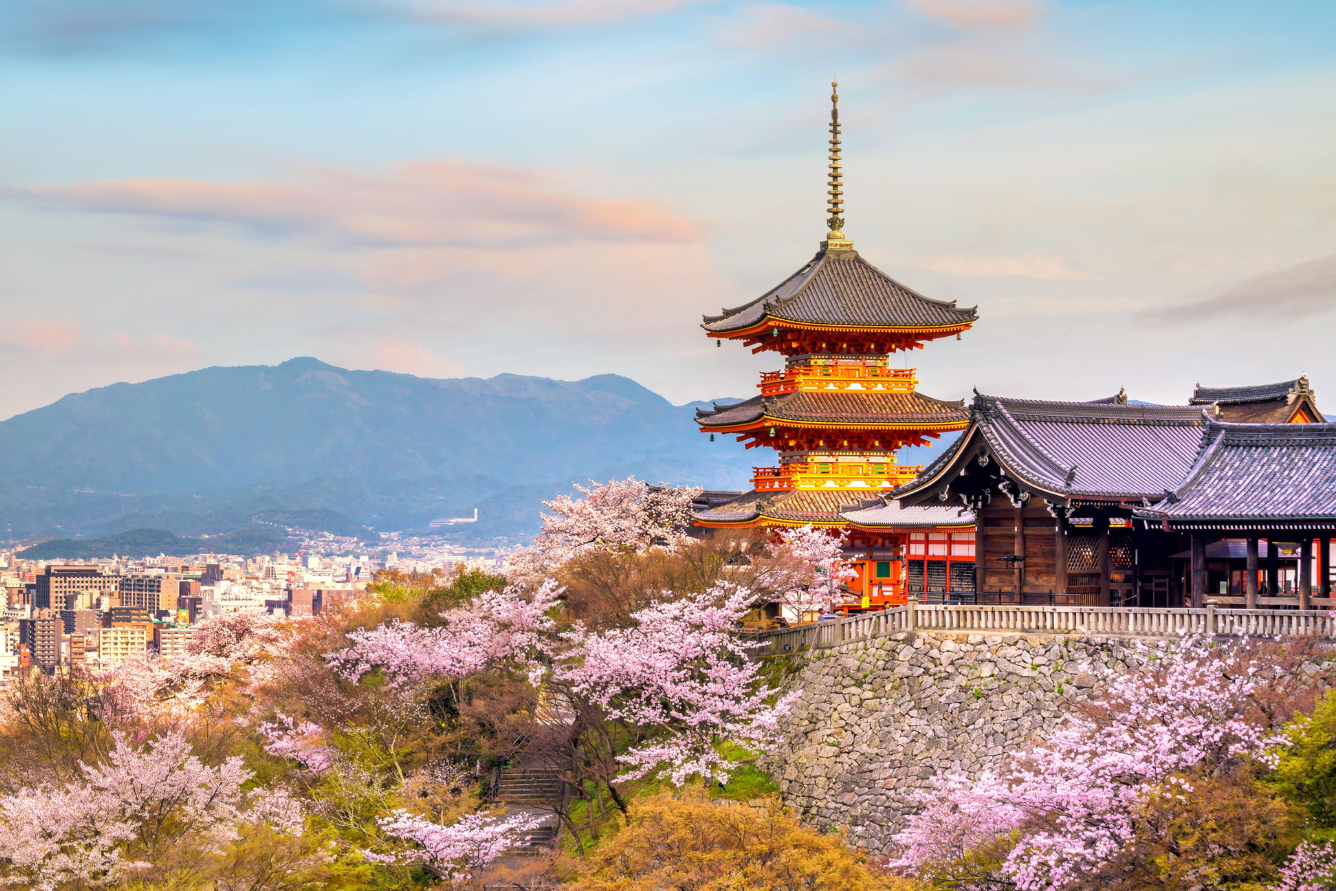
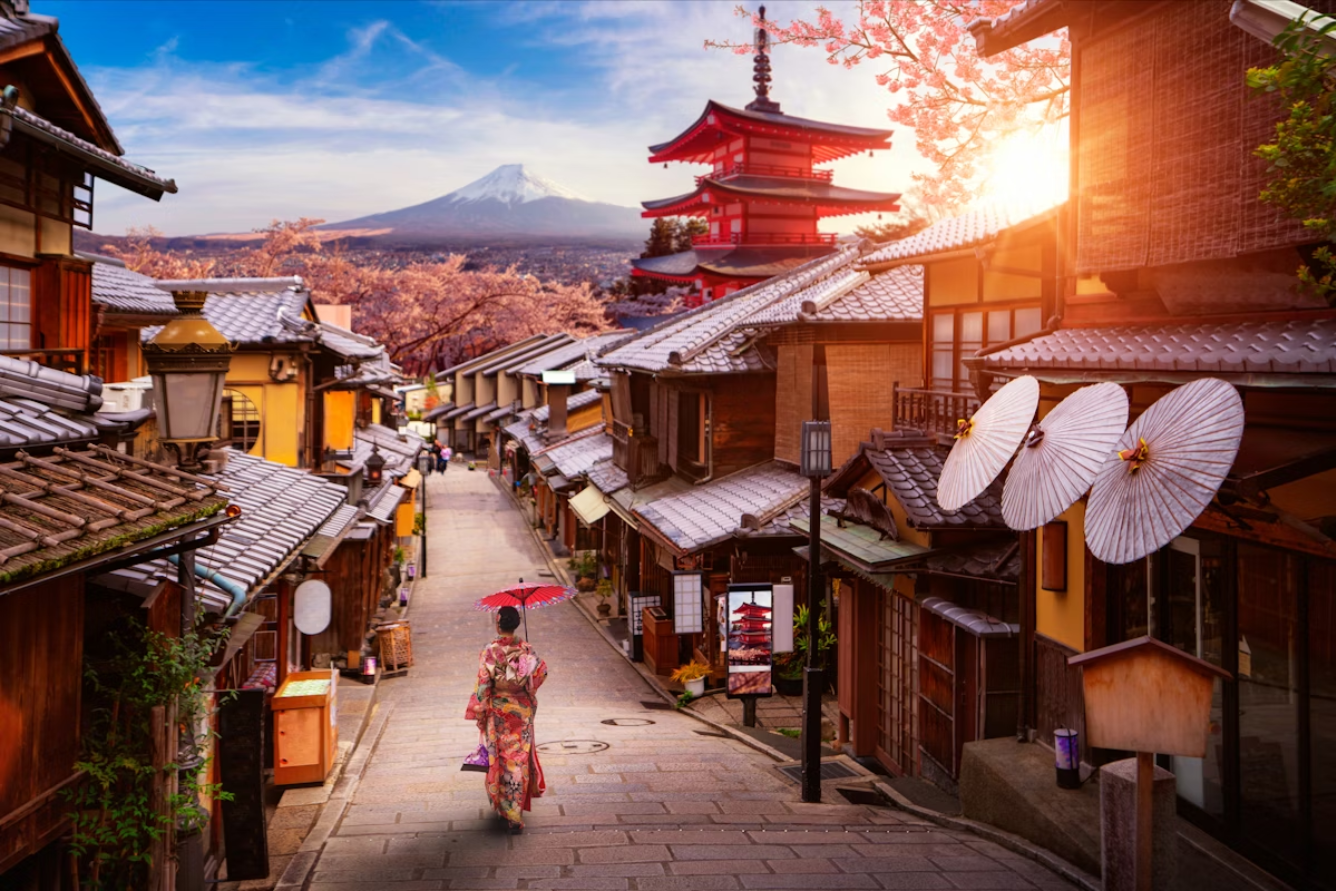
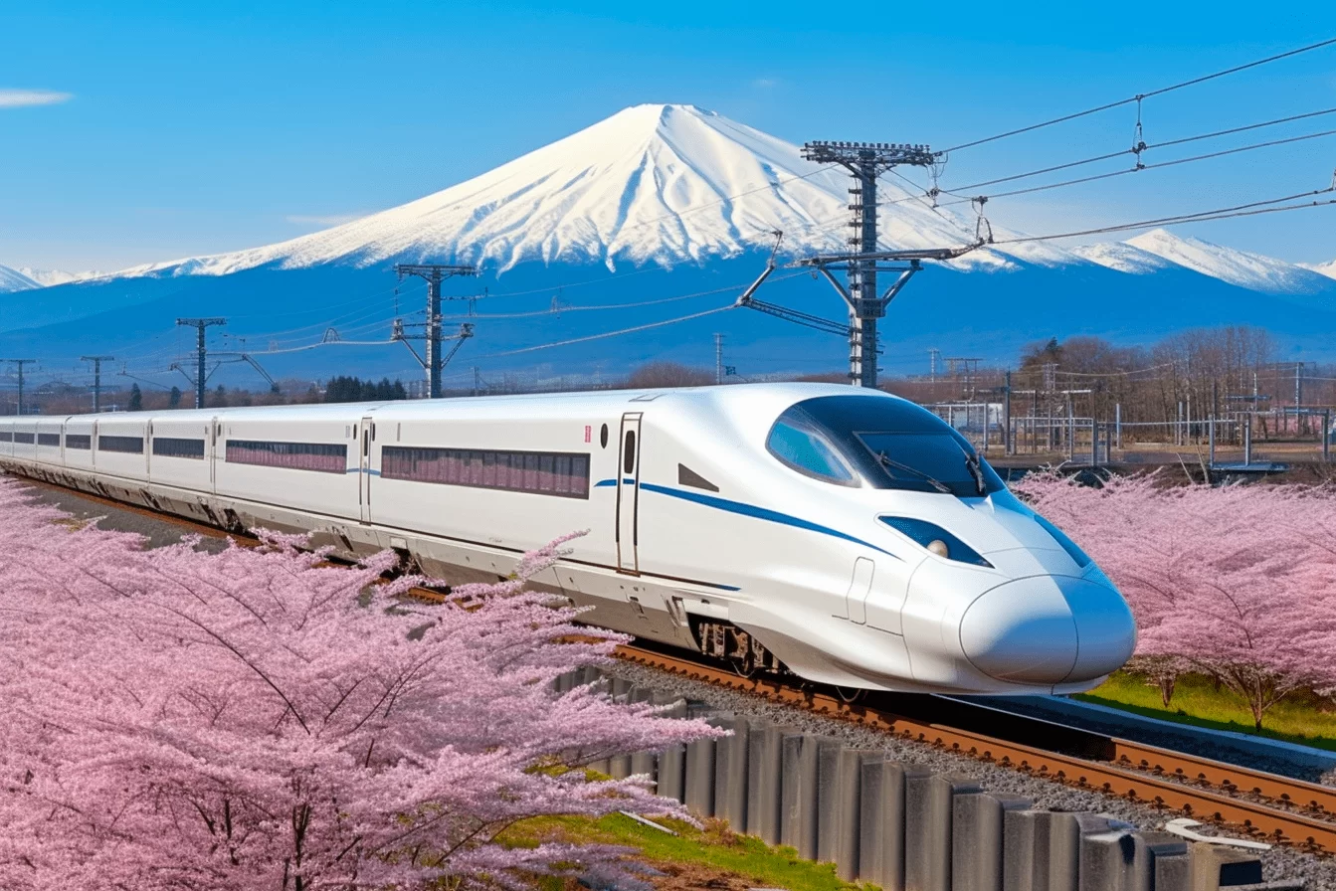
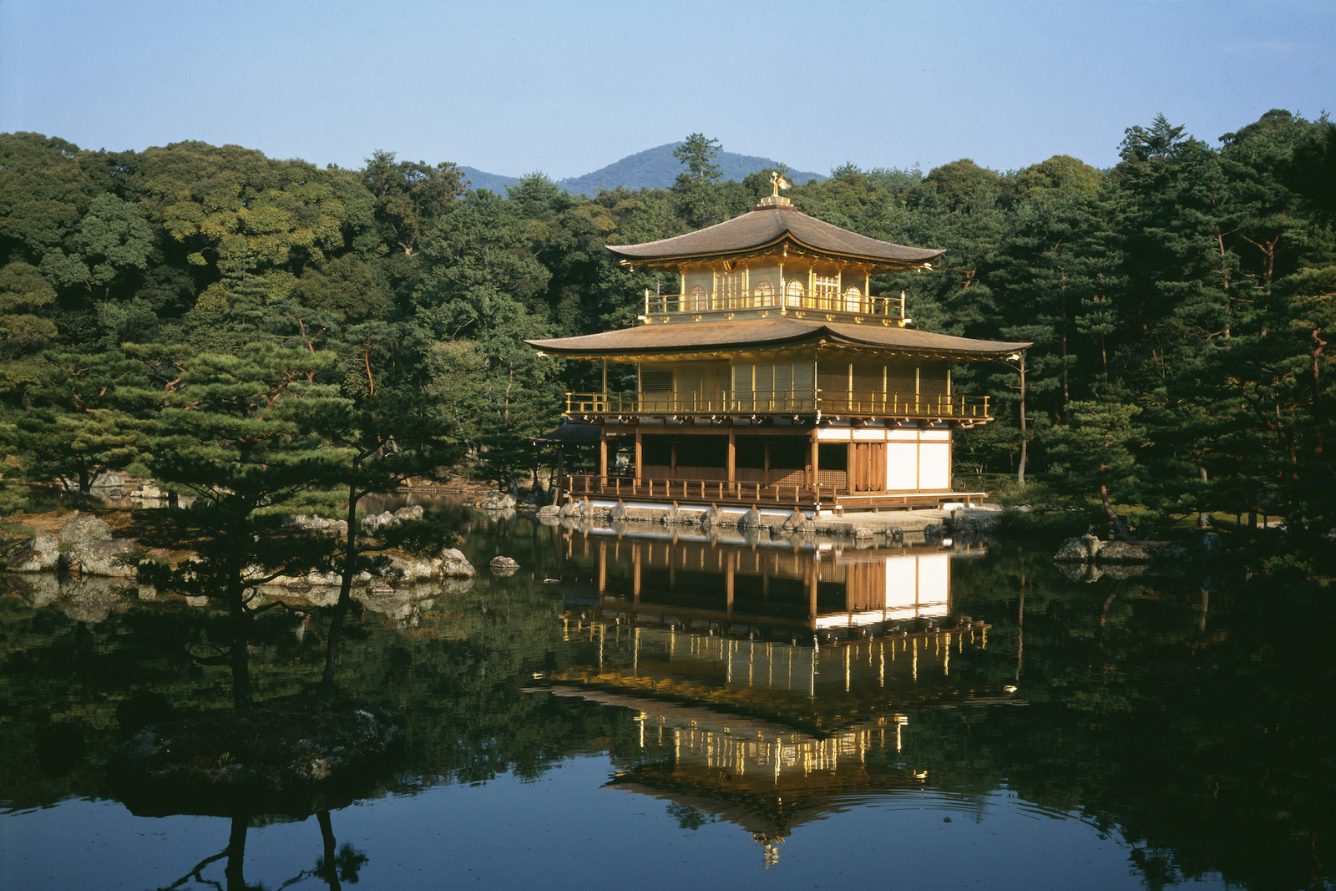
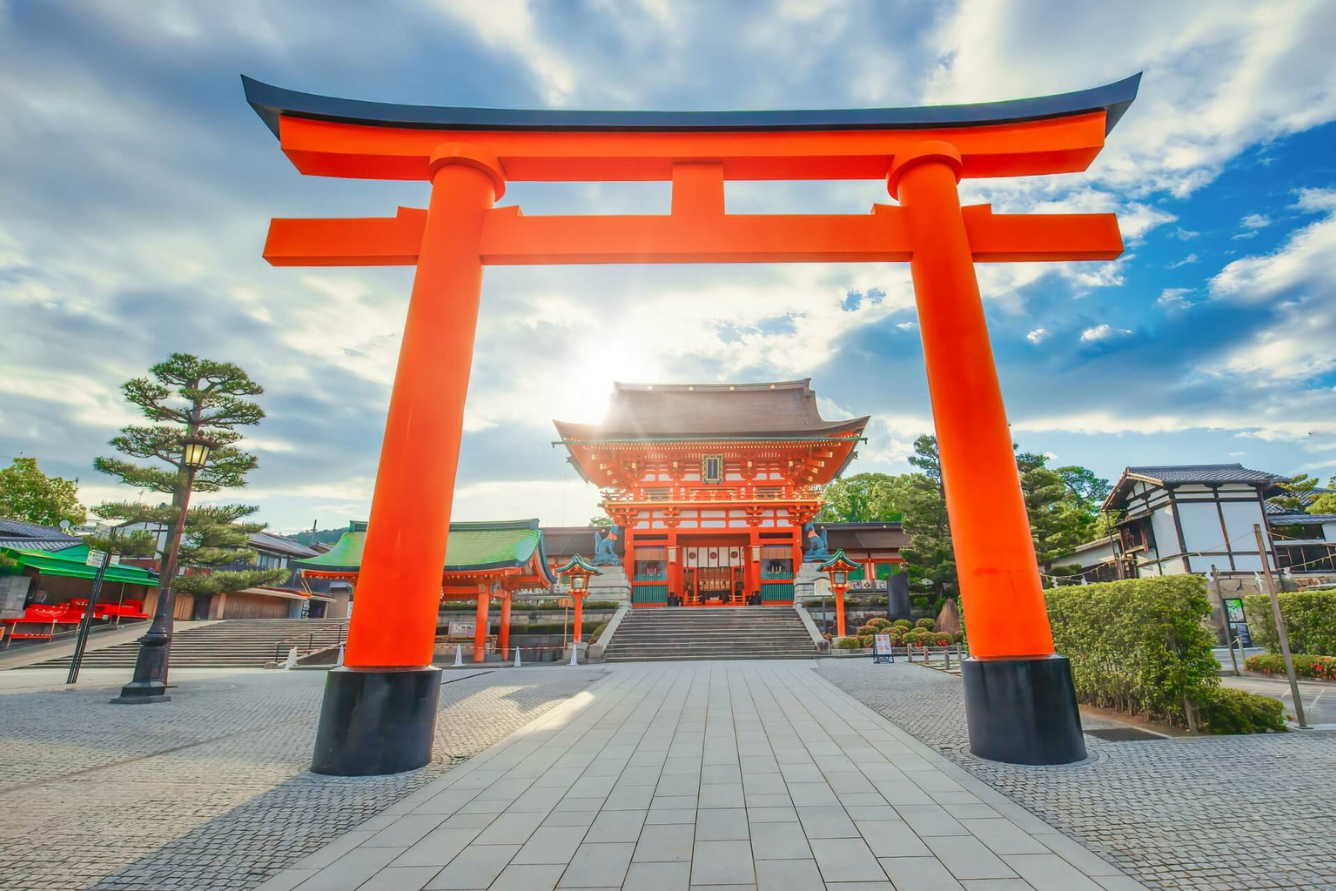
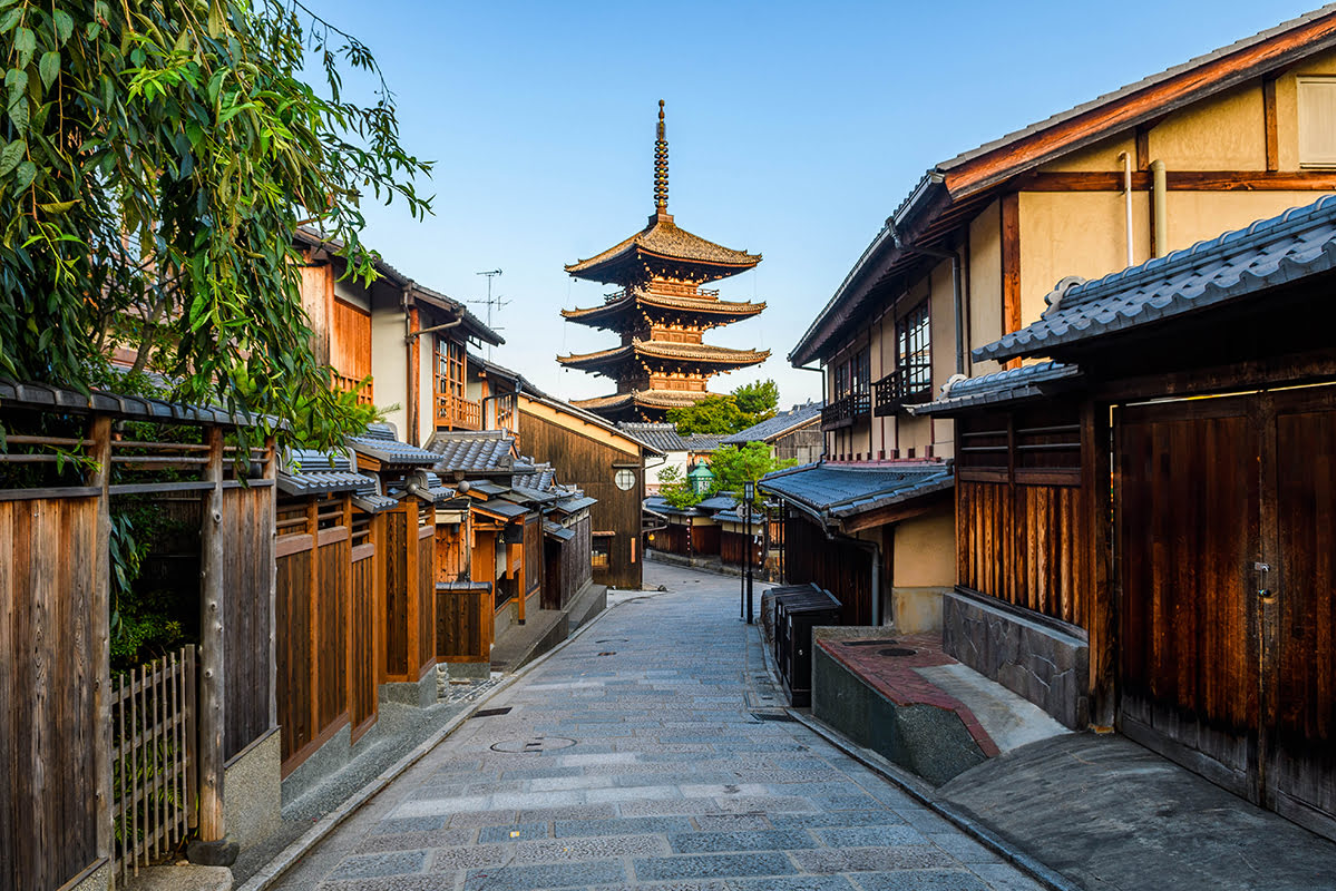
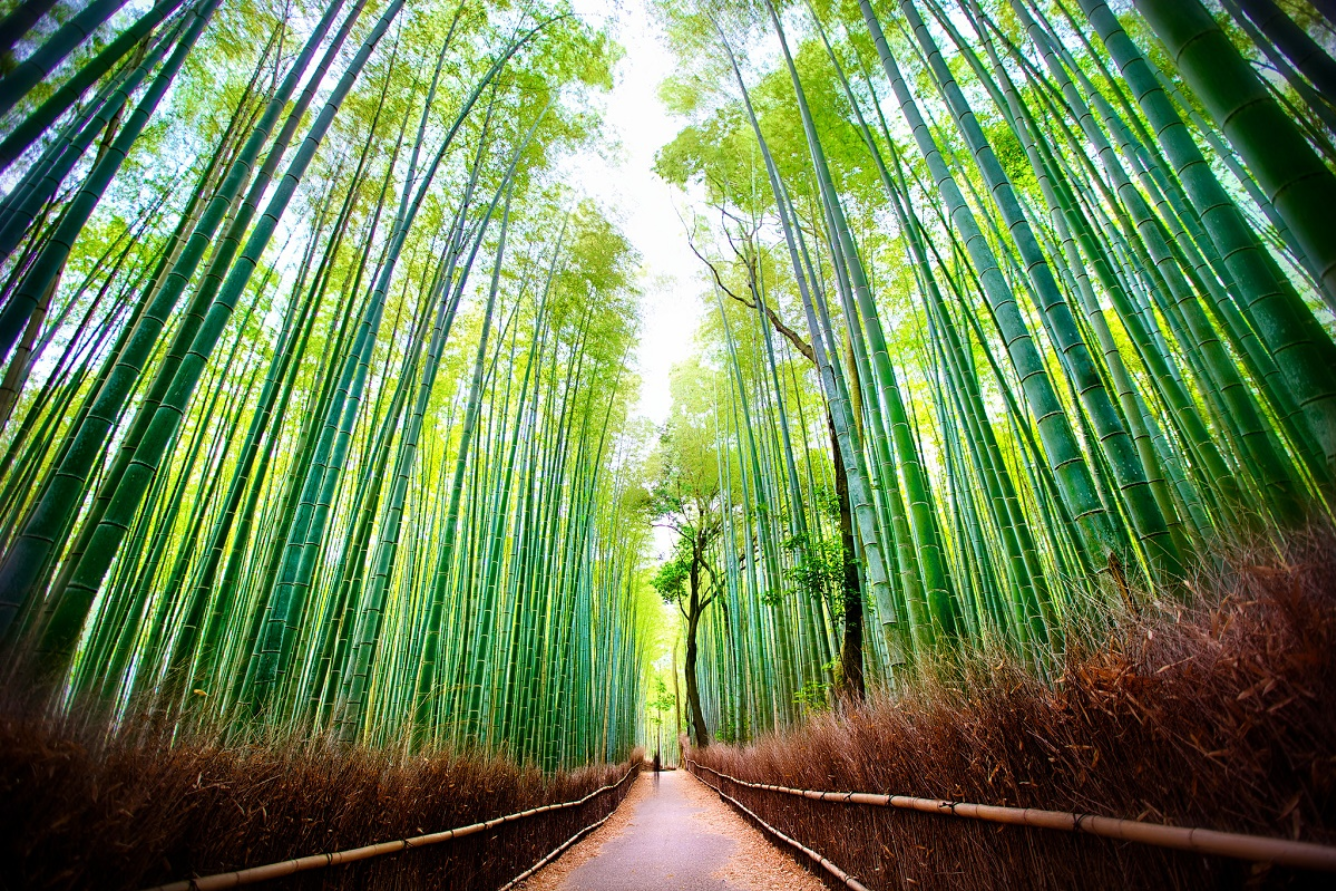

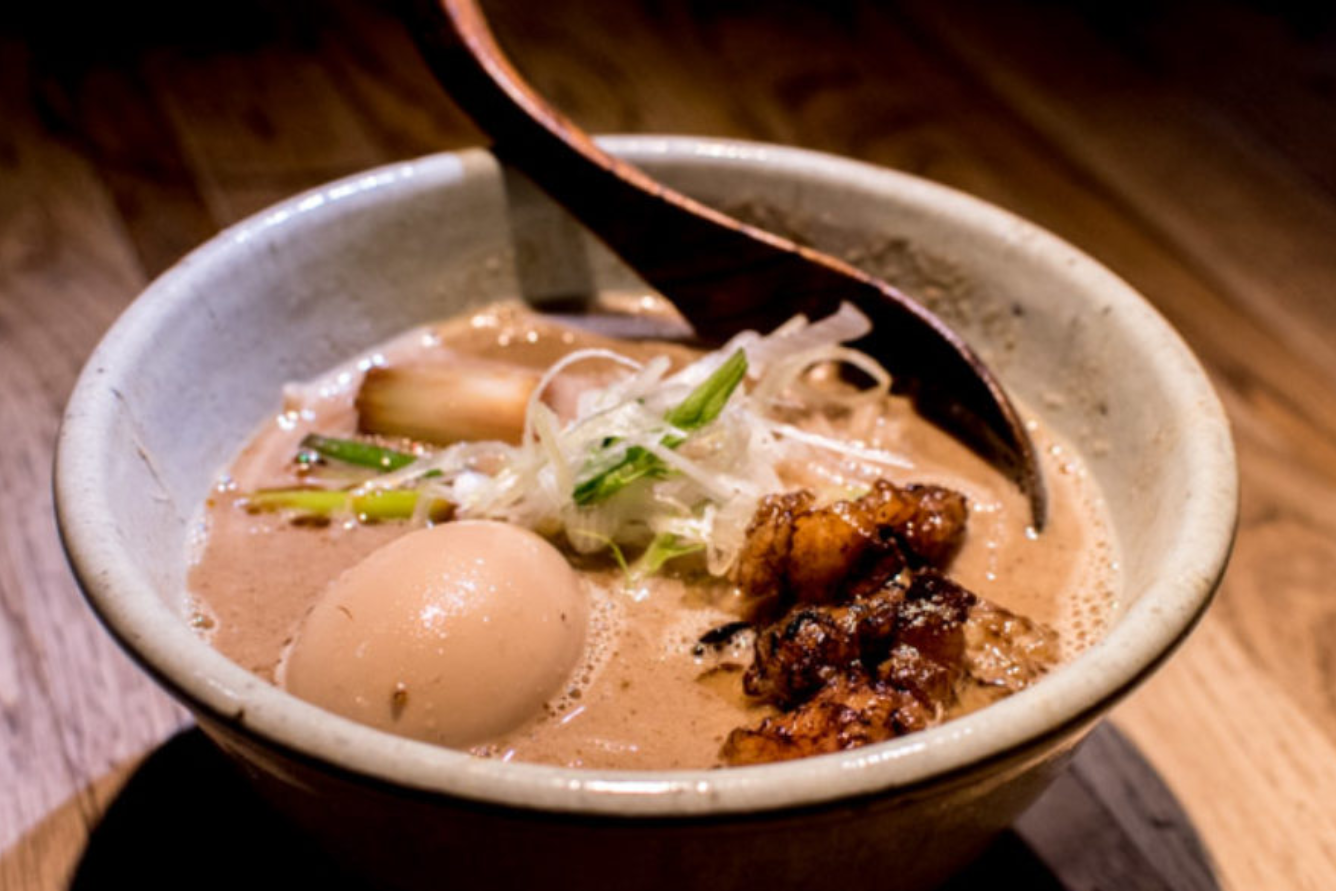



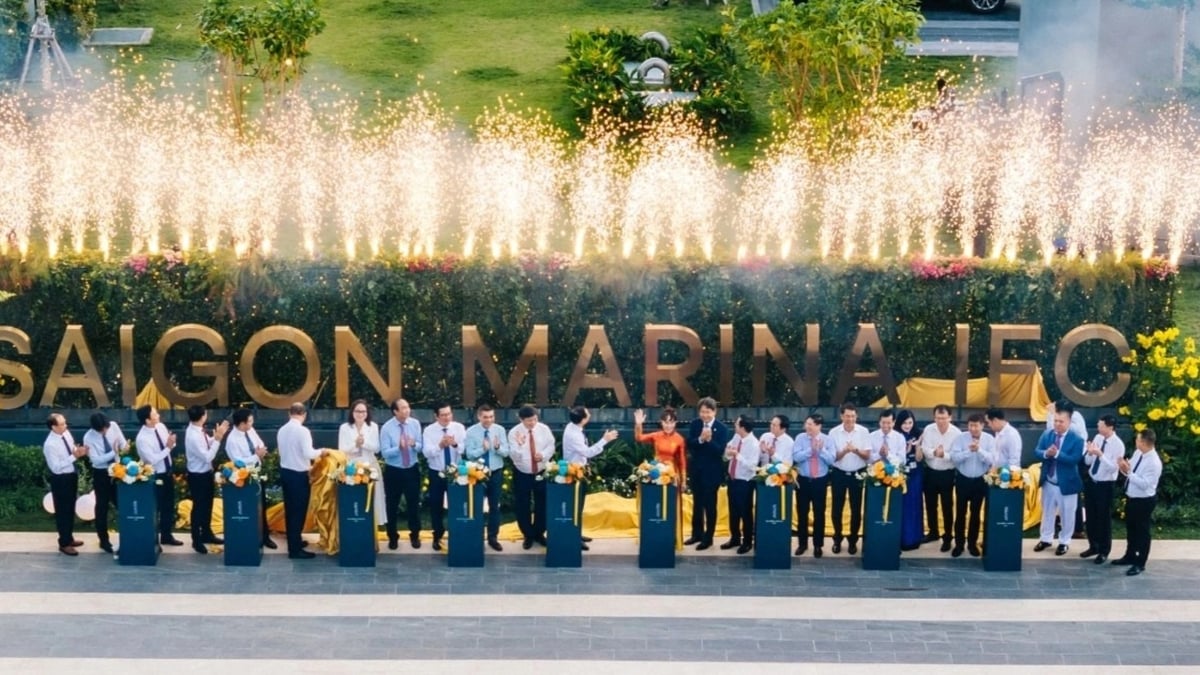
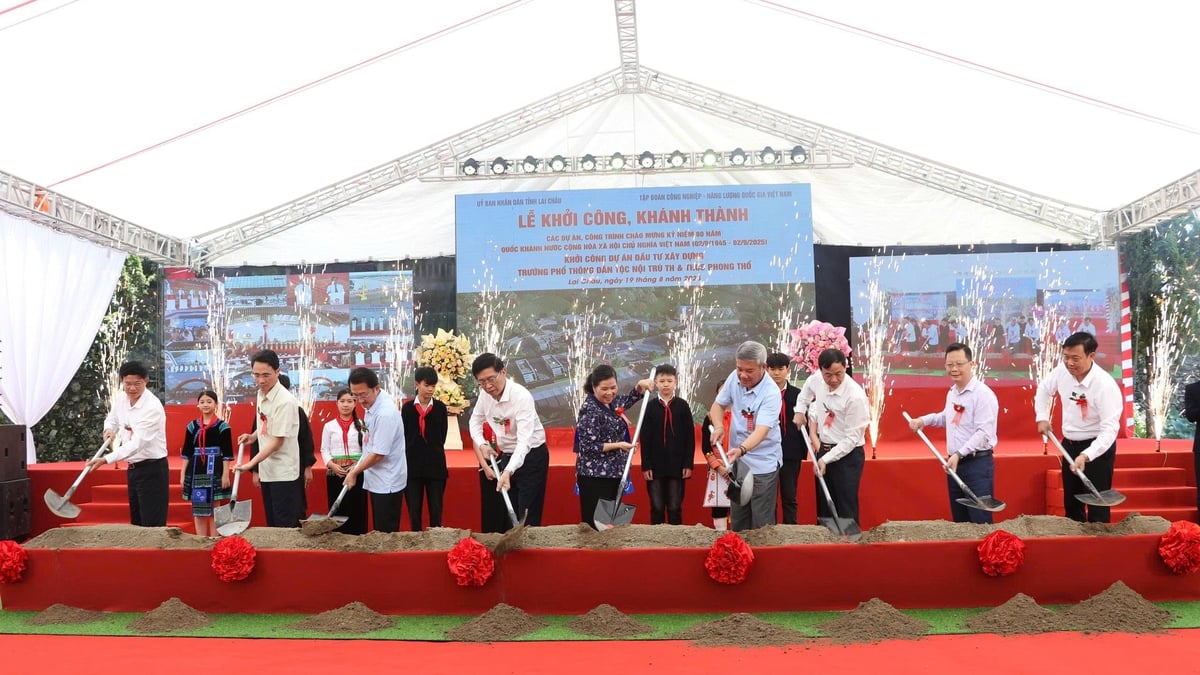



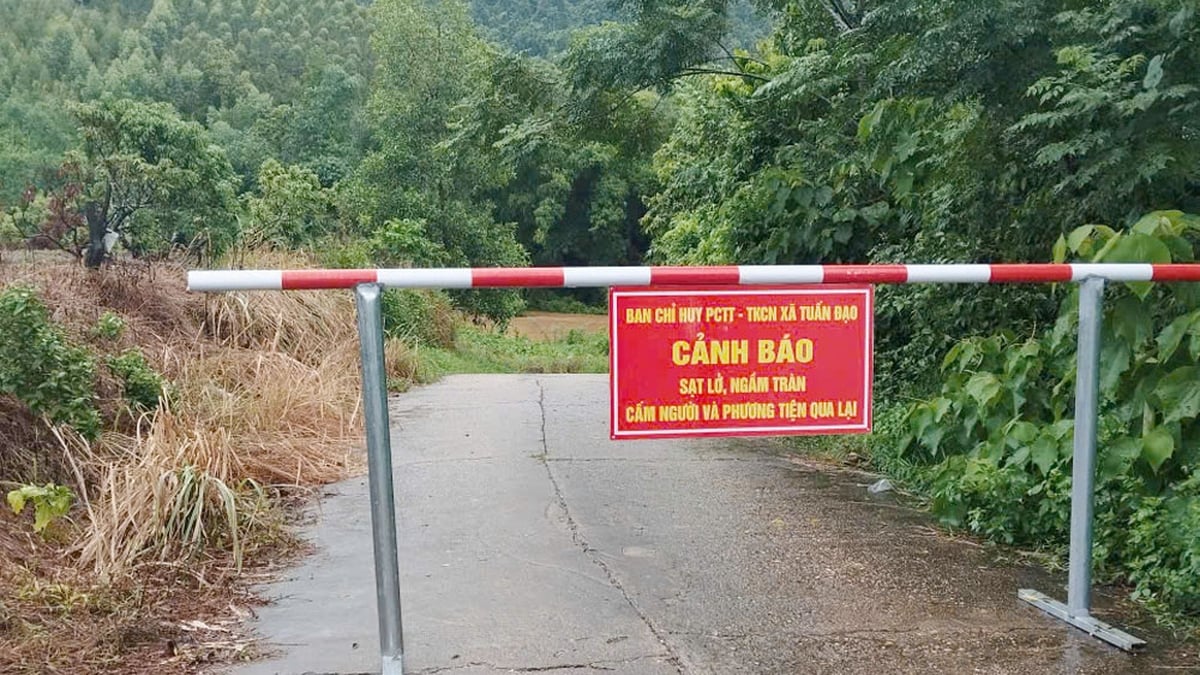


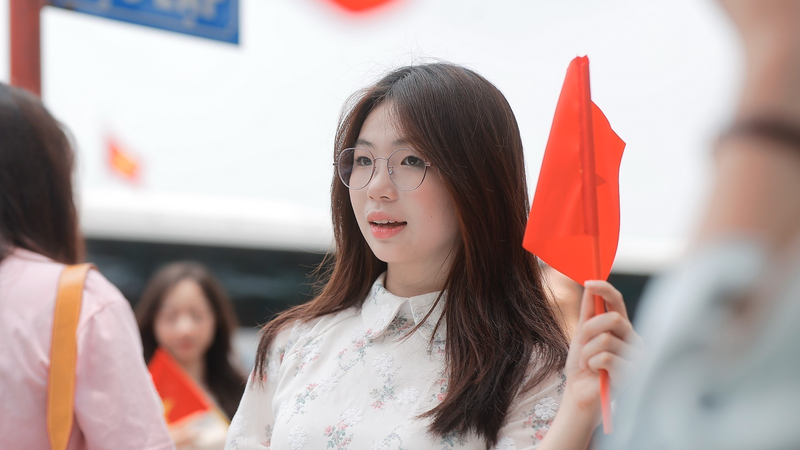











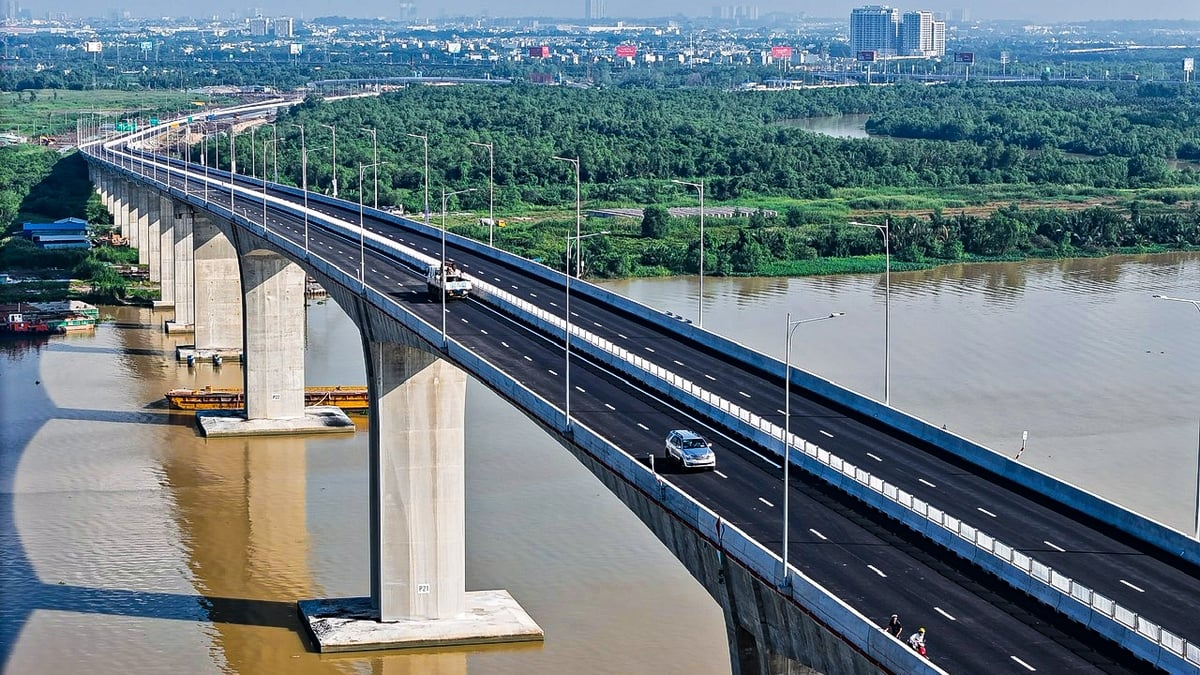
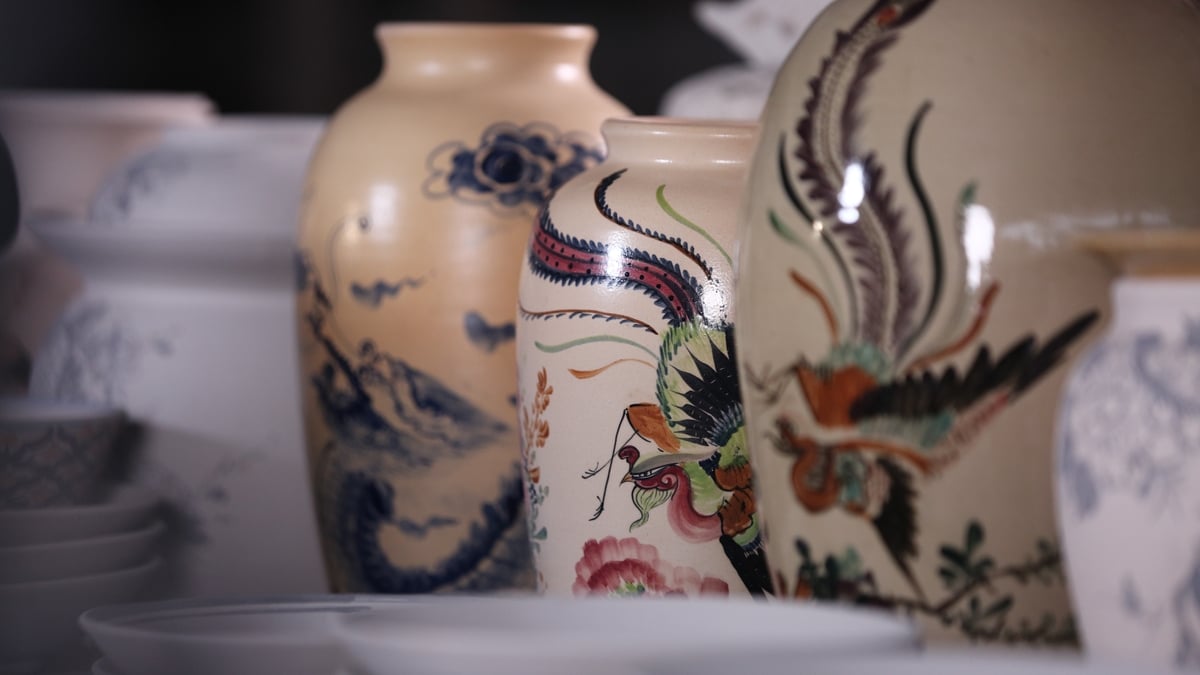
![[Photo] General Secretary To Lam attends the inauguration and groundbreaking ceremony of 250 projects to celebrate National Day](https://vphoto.vietnam.vn/thumb/1200x675/vietnam/resource/IMAGE/2025/8/19/3aa7478438a8470e9c63f4951a16248b)
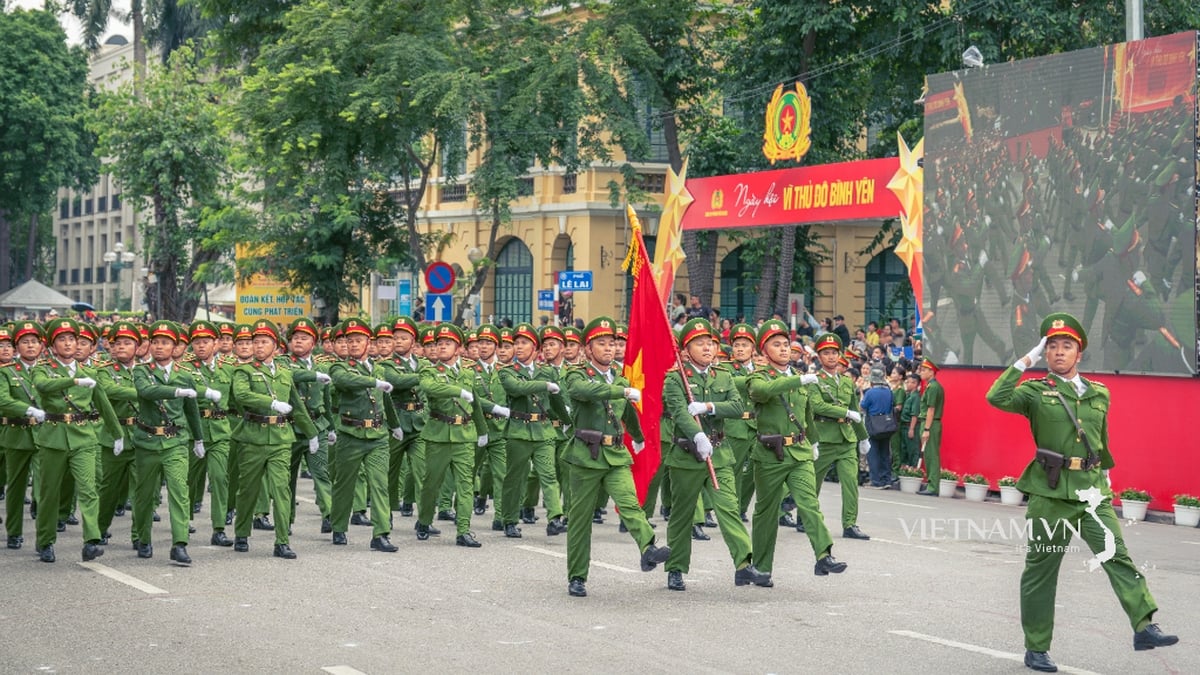
![[Photo] General Secretary To Lam and President Luong Cuong attend the handover ceremony of the Presidential Office Headquarters](https://vphoto.vietnam.vn/thumb/1200x675/vietnam/resource/IMAGE/2025/8/19/a37cfcbd301e491990dec9b99eda1c99)
![[Photo] Close-up of the first International Financial Center building in Ho Chi Minh City](https://vphoto.vietnam.vn/thumb/1200x675/vietnam/resource/IMAGE/2025/8/19/3f06082e1b534742a13b7029b76c69b6)
![[Photo] President Luong Cuong holds talks with King Jigme Khesar Namgyel Wangchuck of Bhutan](https://vphoto.vietnam.vn/thumb/1200x675/vietnam/resource/IMAGE/2025/8/19/c30721857ff84d7cbd498ddaee712ad3)
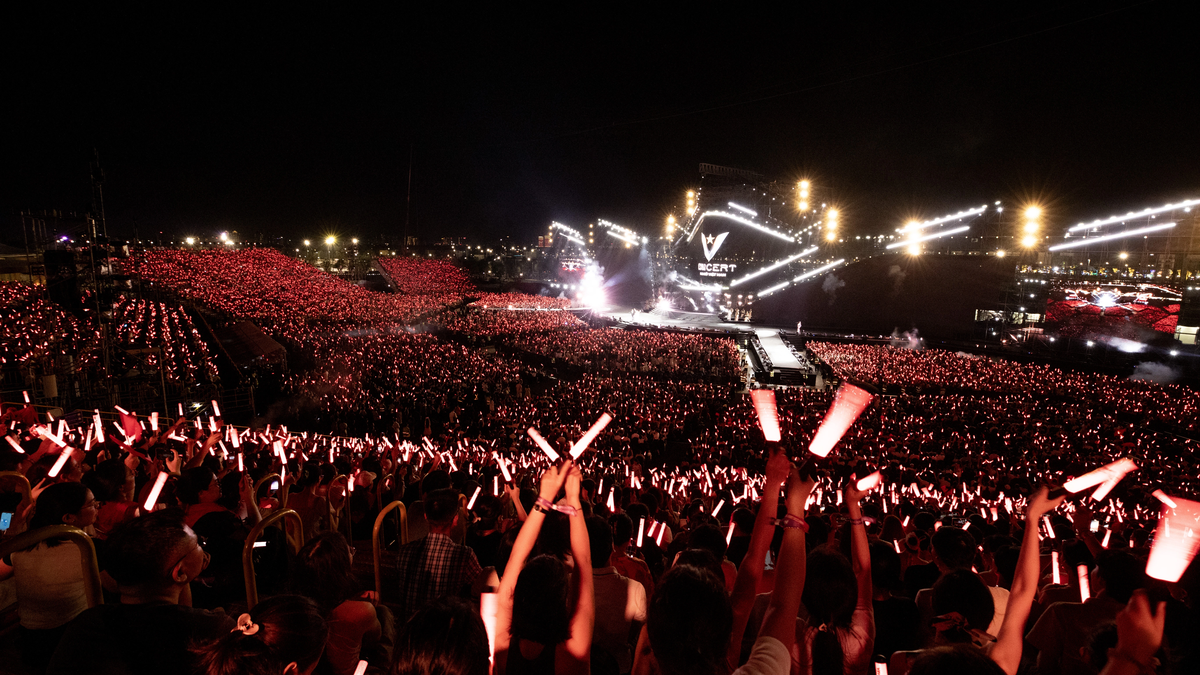
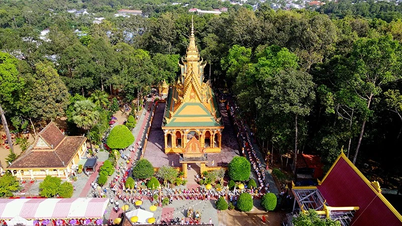

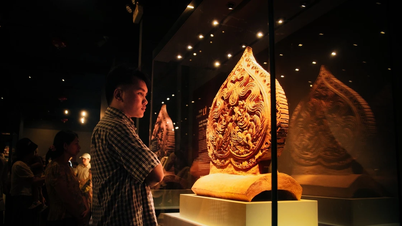

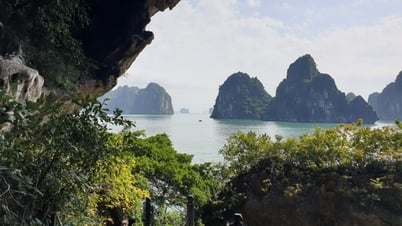




































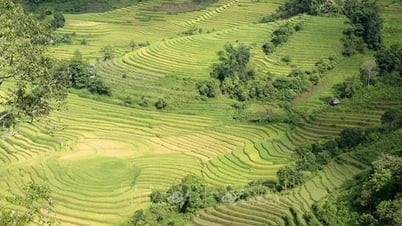


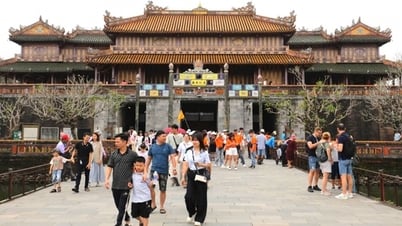
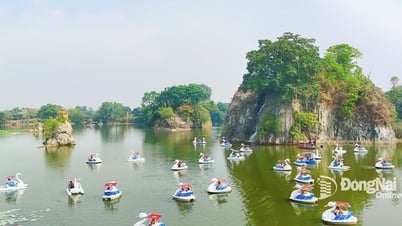












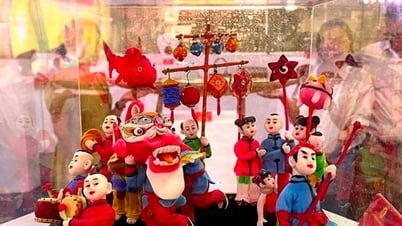
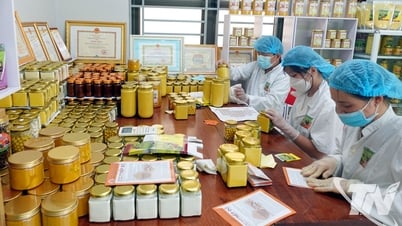









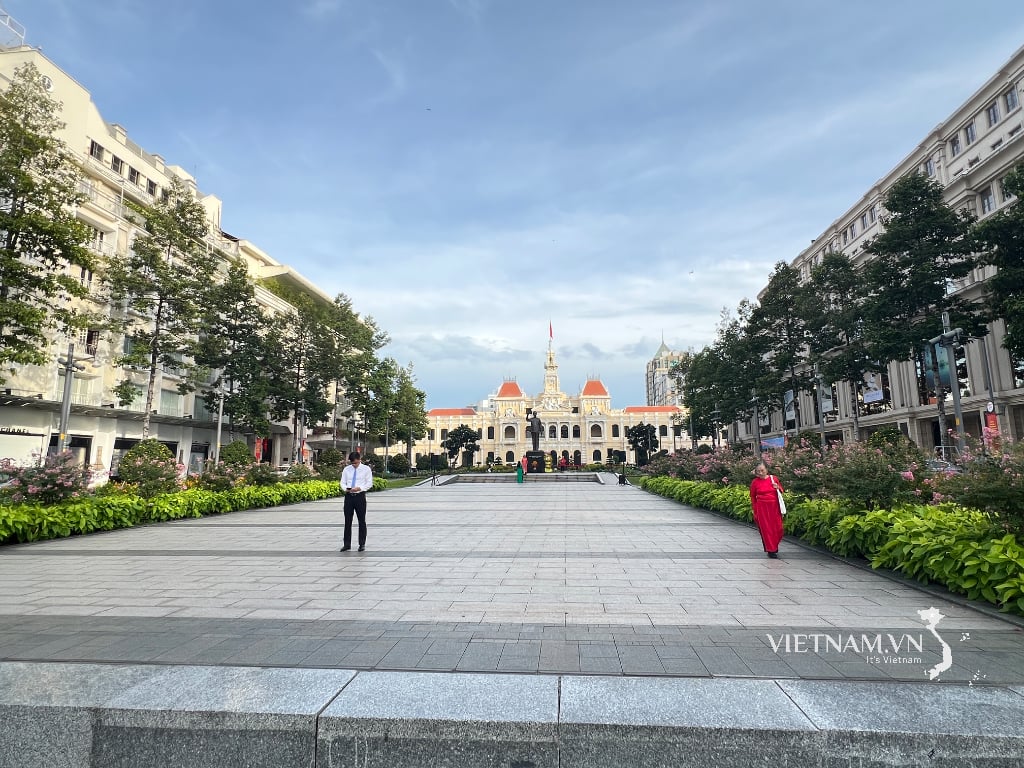
Comment (0)